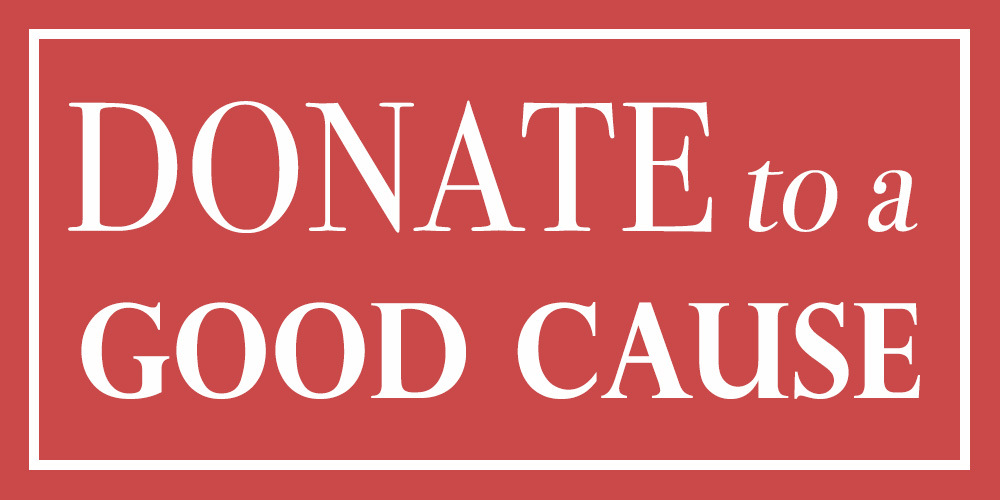Millions of Americans are primed to spend a portion of their hard-earned income on gifts this holiday season. However, that doesn’t mean that we’ve stopped using some of that money to make the world a better place. In 2014, a record $358.38 billion was donated to charity in America, up 7.1% from the year before. A massive 72% of that total came from individuals who raised their donations over 5% from 2013. While giant gifts ranging from $200 million to $2 billion still came in, mostly from tech tycoons, most of the money donated was from ordinary people.
With the new year approaching, it’s time to start thinking about how much to donate this year and to whom. The holiday season is the perfect time, as the spirit of giving is in the air. Not to mention, donations made before the end of the year can help reduce income tax on your next return.
So it’s time to figure out the best way to donate this year. You’ll want to get the most satisfaction, do the most good, and avoid scams. How do you do it?
Experts recommend that you choose a cause close to your heart. Churches and religious organizations receive 32% of contributions. The next largest categories are education with 15% and human services with 12%.
Tim Meisenheimer, a certified financial planner with Streamline Financial Services in Warrenville, Illinois says “Give where your heart already is. Maybe it’s Alzheimer’s research because you have an aging parent battling the disease, or it’s funding for eye surgeries in India because you grew up in India.”
If you get solicited for a donation over the phone, experts warn against giving your credit card information. There’s no way to know whether an unfamiliar organization will waste your money or simply steal it. According to Ralph Q. Summerford, a forensic accountant specializing in fraud investigations, “The IRS gives little oversight to charitable organizations since they pay no taxes.” To tell if a company is legit look for an “https” at the beginning of their web address. Also, look for an Employer Identification Number (EIN) as, according to Meisenheimer, any company that does not disclose one may be a scam.
Sara montgomery, a senior fiduciary regional manager for Wells Fargo Private Bank’s Philanthropic Services Group warns against donating based on previous knowledge of an organization without doing more research. She recalls helping a client who wanted to donate $100,000 to the hospital where he had started his medical career. After some research, she found that the hospital had been sold to a for-profit organization. The donation would thus not be eligible for a charitable deduction.
The easiest way to make sure your money is going to trustworthy places is to do some simple research. One of the best charity screening organizations is Charity Navigator. You can search for a charity by name or category and then see how it uses its money. Each organization gets a star rating and you can search by ratings if you want to ensure your donation is well spent. If you want even more detail about how a charity uses its finances, you can look at their tax returns and Form 990’s which are publicly available on charity websites.
Don’t forget, donating to charity can be a great way to get a tax refund. Don’t think of that as selfish, either! Having a refund in your future may allow you to donate more. The more you give, the more you get back. But more importantly, the more you give the more you can help out people and services in need.
